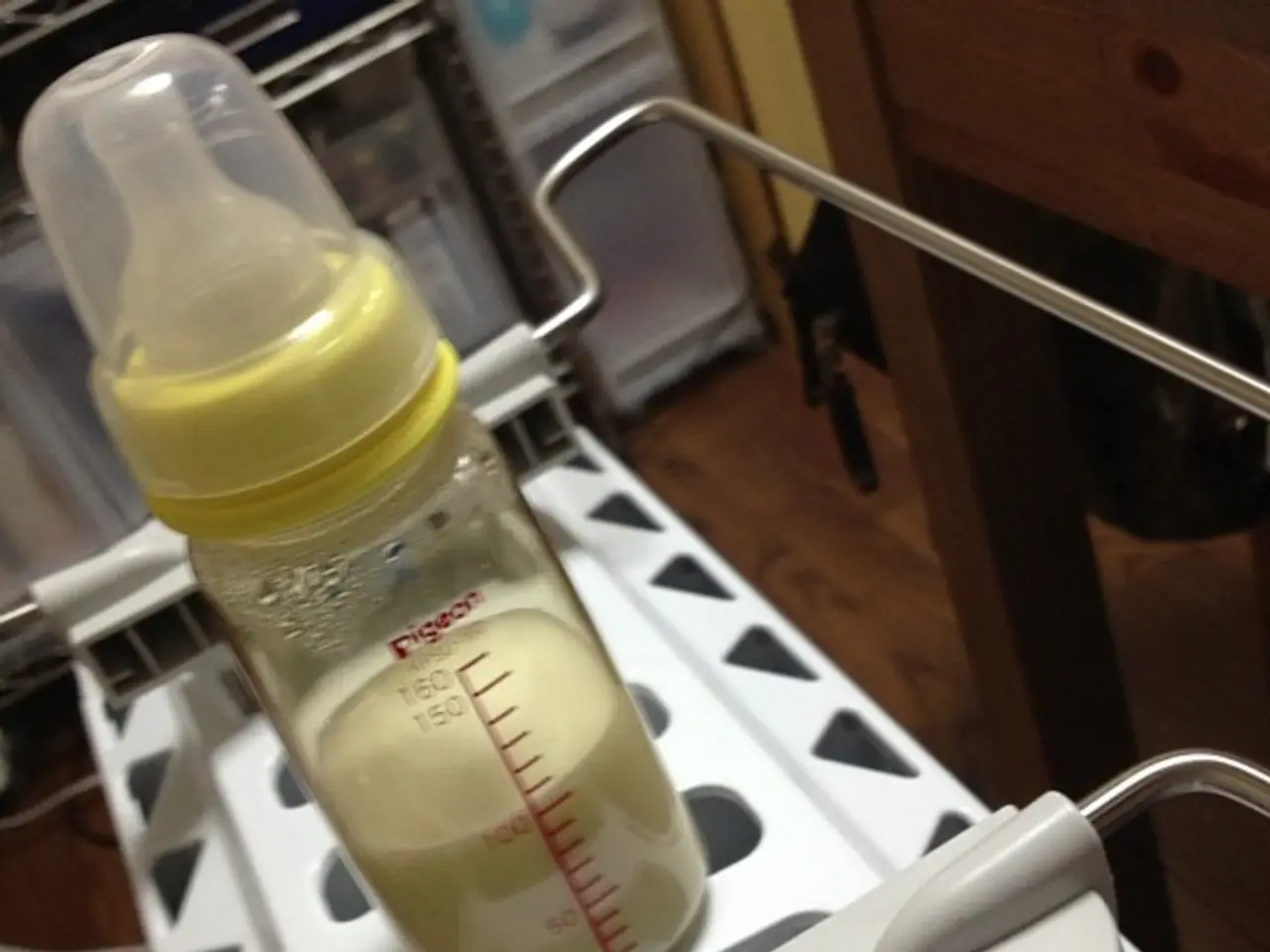Commencing installation of milk coolers worth Sh1.45 billion across 40 counties in the state
In an effort to revolutionise the dairy sector in Kenya, Agriculture and Livestock Development Cabinet Secretary, Mutahi Kagwe, has outlined a series of practical and viable interventions. The aim is to enable smallholder farmers to transition from subsistence to commercial farming, thereby doubling milk production to 10 billion litres by 2027.
One of the key interventions involves a Sh1.45 billion investment to distribute 230 bulk milk coolers across 40 counties. This initiative aims to reduce post-harvest losses, improve milk quality, and increase the national milk chilling capacity by 475,000 litres daily. Forty counties are set to benefit from this investment, with Meru County receiving the first batch of 15 bulk milk coolers.
To lower feed costs, public land will be leased for large-scale cultivation of fodder, sunflowers, and other essential crops. These will be used in producing affordable animal feeds, which is expected to benefit many smallholder farmers.
The government also plans to invest in both private and public milk processors to ensure all milk is collected and processed. This move is intended to enhance local market capacity and exports. Meeting international standards for meat and dairy products is crucial for selling in foreign markets, and the initiative includes promoting the production of quality sexed semen and conducting a mass livestock vaccination drive.
The dairy sector currently supports over 2 million people directly and indirectly and contributes about four per cent to Kenya's gross domestic product (GDP). The goal is to create 500,000 new jobs in the sector. Last month, President William Ruto launched the dairy sector initiative, which also aims to export at least 1 billion litres of milk annually.
In 2024, Kenya produced an estimated 5.3 billion litres of milk, with 80% coming from smallholder farmers. However, each year, the country loses an estimated 175 million litres of marketed milk to post-harvest losses, valued at Sh7.9 billion. These losses highlight the need for improved infrastructure and practices to ensure that more milk reaches consumers and generates income for farmers.
CS Mutahi Kagwe emphasised the need for these practical and viable interventions to transform the dairy sector, including commercialisation of pasture and fodder production, enhancing the production of quality sexed semen, and a mass livestock vaccination drive. The dairy sector transformation project is a significant step towards modernising agriculture in Kenya and improving the livelihoods of smallholder farmers.
[1] Ministry of Agriculture, Livestock, Fisheries and Irrigation. (n.d.). Dairy Sector Transformation Project. Retrieved from www.moal.go.ke/dairy-sector-transformation-project
[2] Kenya News Agency. (2023, February 1). CS Kagwe Outlines Practical Interventions to Transform the Dairy Sector. Retrieved from www.kna.co.ke/cs-kagwe-outlines-practical-interventions-to-transform-the-dairy-sector/
[3] The Star. (2023, February 1). CS Kagwe Unveils Plans to Boost Dairy Sector. Retrieved from www.the-star.co.ke/news/2023-02-01-cs-kagwe-unveils-plans-to-boost-dairy-sector/
[1] Climate change poses a significant threat to the dairy industry, and it is crucial for policymakers to consider these implications while implementing interventions to transform the sector.
[2] The business community can play a role in financing the dairy sector transformation project, as investing in this sector could yield substantial returns on personal-finance.
[3] To ensure long-term success, the government's approach to the dairy sector should extend beyond agriculture and incorporate political, economic, and financial strategies.
[4] An epaper review of local and international news reveals a growing interest in investing in Kenya's dairy industry, as well as concerns about the impact of climate change on milk production and the need for improved post-harvest infrastructure.




